
With the rapid development of science and technology, artificial intelligence (Artificial Intelligence, referred to as AI) is increasingly integrated into various fields, and the agricultural field is no exception. AI-assisted agricultural architecture is bringing a revolution to agricultural production in its unique way, improving agricultural production efficiency and promoting the sustainable development of food production and rural economy.

AI-assisted agricultural architecture is a system design that applies artificial intelligence technology to the agricultural field. It aims to improve the efficiency and quality of agricultural production through data analysis, model prediction, automation, etc. The core of this architecture is to integrate advanced artificial intelligence algorithms into agricultural practices to achieve intelligent agricultural management and decision-making.
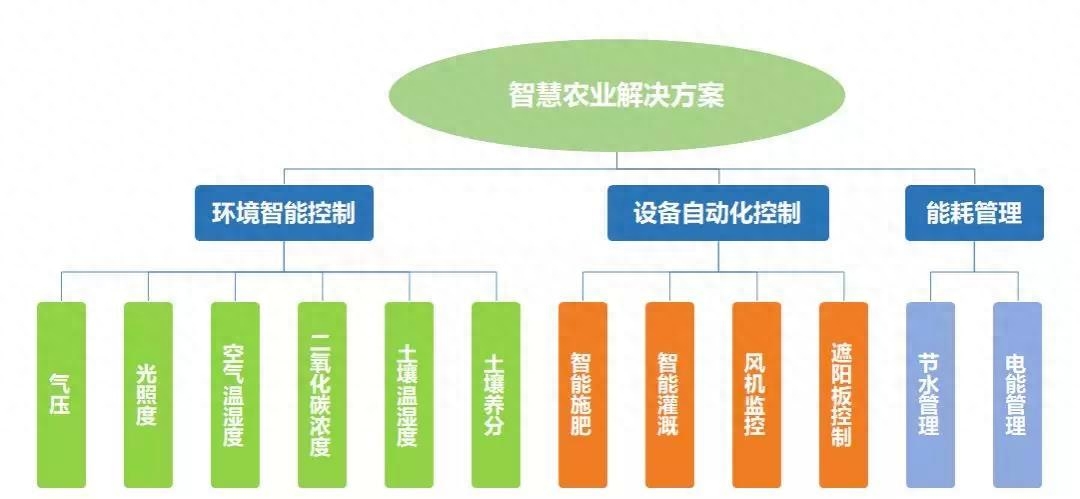
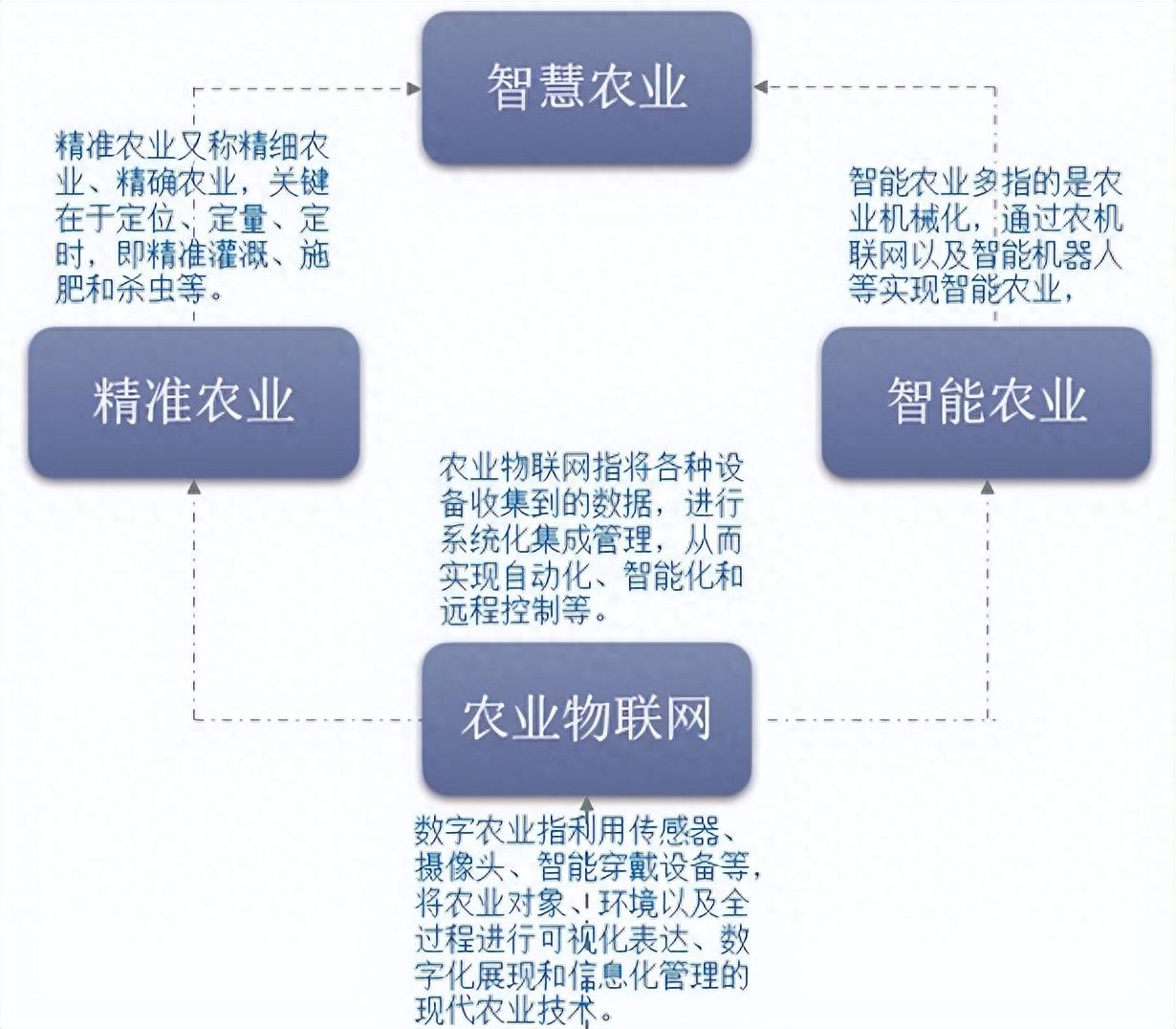
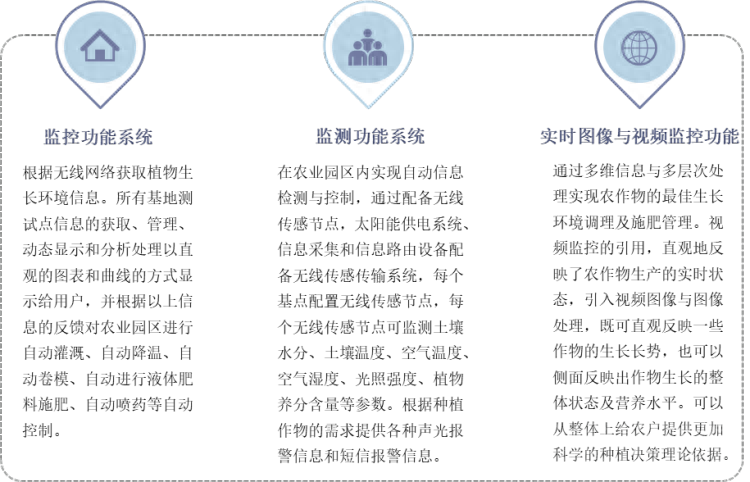
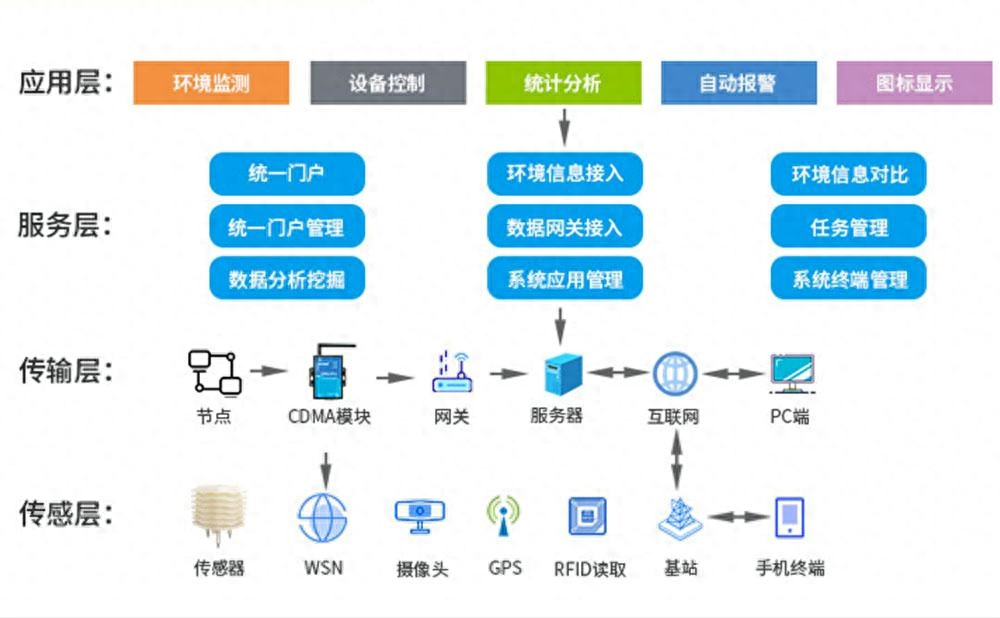
Application scenarios
AI assisted agriculture architecture is already in Widely used in the agricultural field, the following are some typical application scenarios:
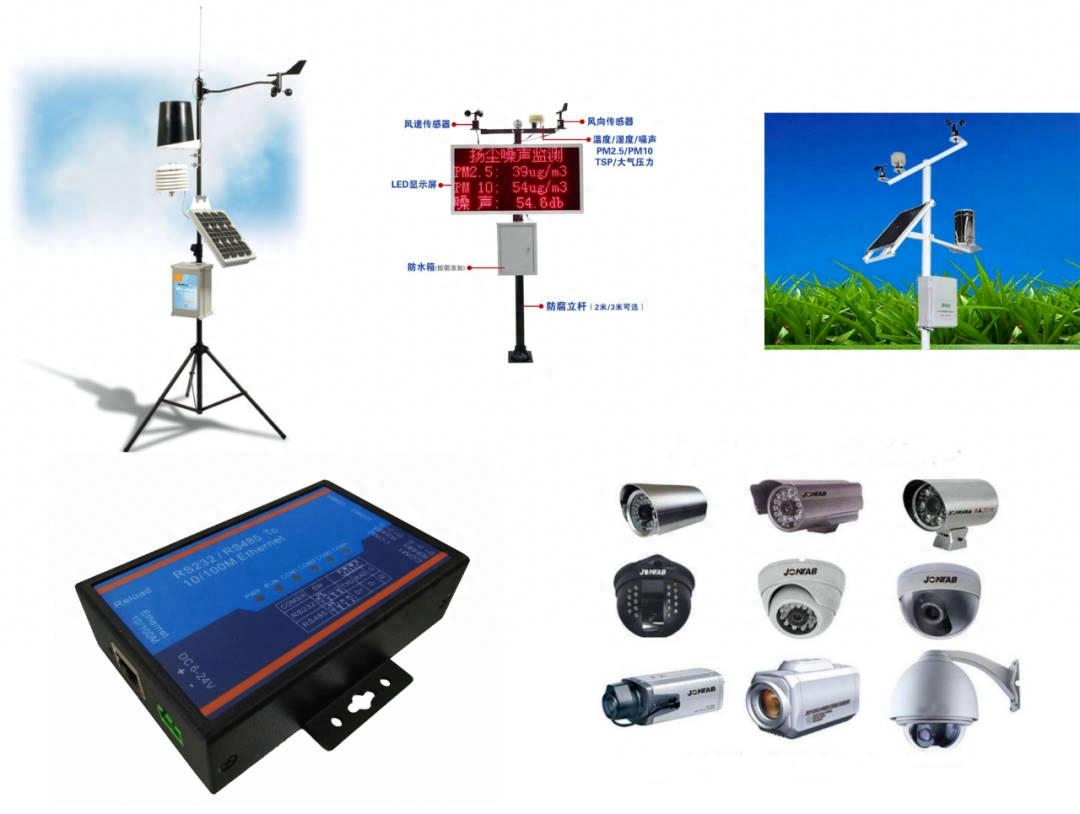
Although artificial intelligence has great potential in the agricultural field, its practical application also faces some challenges. These challenges include:
However, with the continuous advancement of technology and the deepening of application, these challenges will gradually be solved. In the future, we can expect that the artificial intelligence-assisted agricultural architecture will be further improved, bringing more innovations and possibilities to our agricultural production. This structure can not only improve agricultural production efficiency, but also inject new vitality into the development of rural economy and promote agricultural modernization and sustainable development. The following is the future outlook for artificial intelligence-assisted agricultural architecture:
Under the guidance of AI-assisted agricultural architecture, agriculture will usher in new vitality, and will also contribute to solving global food security, increasing farmers’ income, and improving the rural environment. make important contributions. The agriculture of the future will no longer be traditional farming, but smart agriculture, full of innovation and vitality. Let us look forward to the continued development of AI-assisted agricultural architecture and bring a more prosperous future to agriculture. At the same time, the government, scientific research institutions, agricultural enterprises and farmers work together to give full play to their respective advantages, promote the implementation and application of AI-assisted agricultural architecture, and make agriculture a beautiful landscape in the digital era
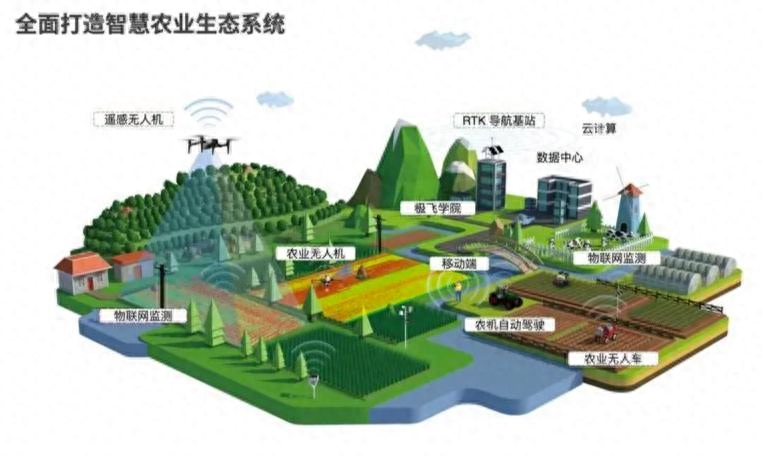
The above is the detailed content of AI-assisted agricultural architecture: improving agricultural production efficiency. For more information, please follow other related articles on the PHP Chinese website!
 Application of artificial intelligence in life
Application of artificial intelligence in life
 What is the basic concept of artificial intelligence
What is the basic concept of artificial intelligence
 What currency is u-coin?
What currency is u-coin?
 Solution to java report that build path entries are empty
Solution to java report that build path entries are empty
 What to do if the sound card driver installation fails
What to do if the sound card driver installation fails
 How to recover deleted files on computer
How to recover deleted files on computer
 Login token is invalid
Login token is invalid
 css centered
css centered




